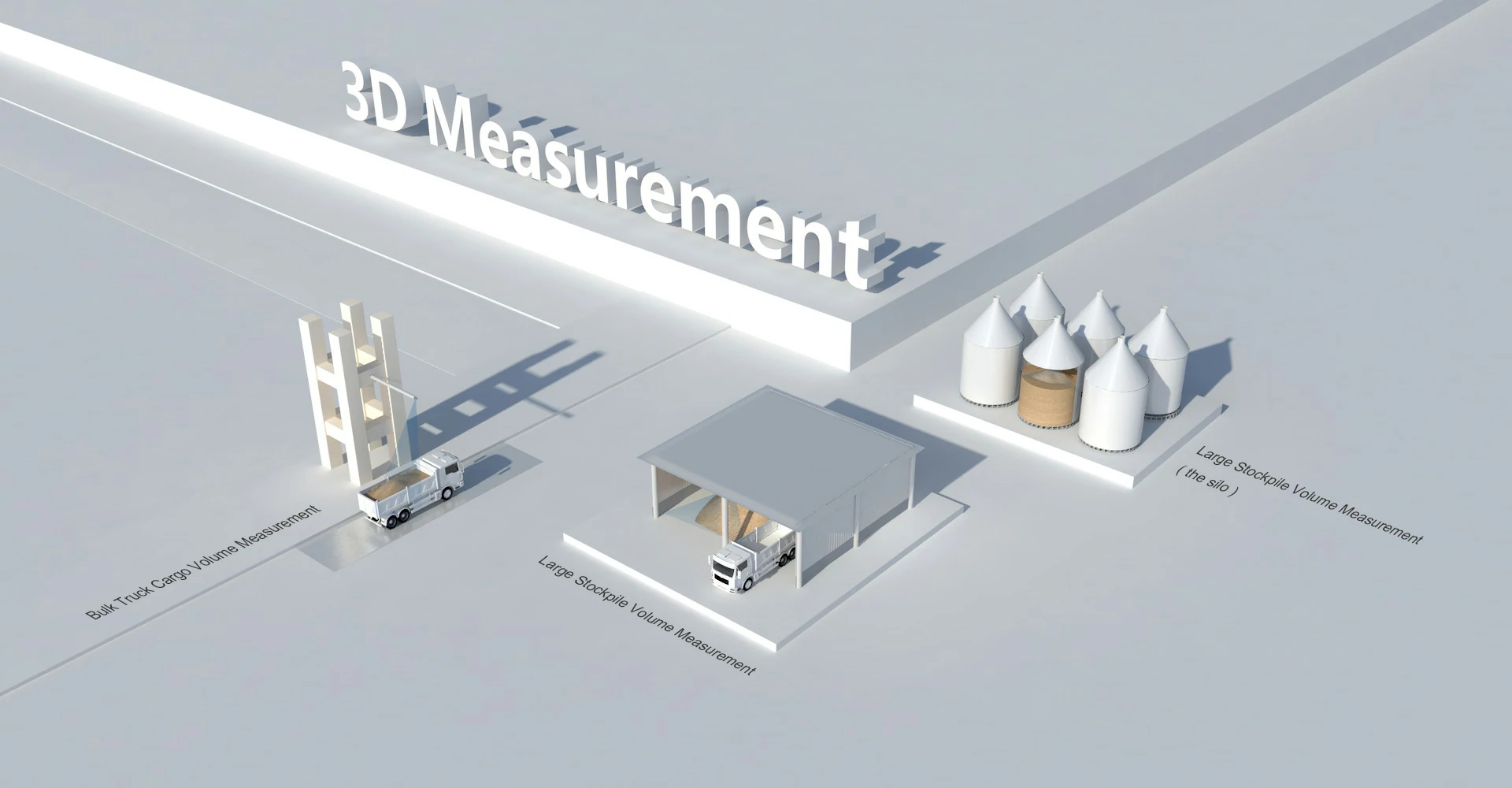
What is LIDAR GOOGLE EARTH
LIDAR, which stands for Light Detection and Ranging, is a remote sensing technology that uses laser pulses to measure distances to the Earth's surface. Google Earth utilizes LIDAR technology to create detailed 3D maps of the Earth's terrain and structures. By combining LIDAR data with satellite imagery and other sources, Google Earth is able to provide users with a realistic and interactive view of the planet from their computer or mobile device. In summary, LIDAR Google Earth is a powerful tool that allows users to explore and analyze the Earth's geography in unprecedented detail.
The Main Technology in LIDAR GOOGLE EARTH
The main technology in LiDAR Google Earth is Light Detection and Ranging (LiDAR) technology, which uses laser pulses to measure distances to the Earth's surface. This technology allows for highly accurate 3D mapping of terrain and structures, enabling users to visualize landscapes and buildings in incredible detail. LiDAR data collected by Google Earth can be used for a variety of applications, including urban planning, environmental monitoring, and disaster response. In summary, the main technology in LiDAR Google Earth is revolutionary in its ability to provide detailed and precise geospatial information for a wide range of purposes.


Applications of LIDAR GOOGLE EARTH
LIDAR technology, when integrated with Google Earth, offers a wide range of applications across various industries. One key application is in urban planning and development, where LIDAR data can provide detailed 3D maps for assessing infrastructure, land use, and environmental impact. In forestry and agriculture, LIDAR Google Earth can be used to monitor vegetation health, estimate biomass, and plan efficient land management strategies. Additionally, in disaster response and management, LIDAR data on Google Earth can help assess damage, plan rescue operations, and support recovery efforts. Overall, the combination of LIDAR technology and Google Earth provides valuable insights and tools for enhancing decision-making processes in diverse fields.
Benefits of LIDAR GOOGLE EARTH
Lidar technology integrated into Google Earth offers a multitude of benefits for various industries and applications. One of the key advantages is the ability to create highly detailed 3D maps with accurate elevation data, enabling better visualization and analysis of terrain features. This can be particularly useful for urban planning, disaster response, forestry management, and infrastructure development. Lidar data also enhances the accuracy of measurements and calculations, improving decision-making processes and reducing potential risks. Overall, the integration of lidar technology in Google Earth provides valuable insights and tools for a wide range of users seeking to explore and understand the world around them.

LiDAR in Construction Monitoring
Neuvition's Titan series LiDAR sensors offer high-precision 3D scanning capabilities
ideal for construction site monitoring. The Titan M1 series, with its long-range and
high-resolution features, can capture detailed site data for accurate progress tracking
and volumetric measurements.
Neuvition LiDAR Products Overview

Titan S2
Specialized for specific industrial uses.
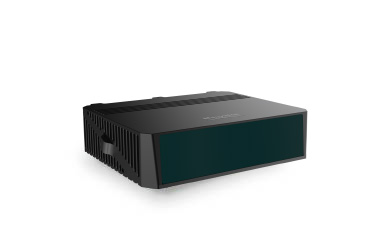
NeuX1
Next-generation LiDAR technology with enhanced capabilities.
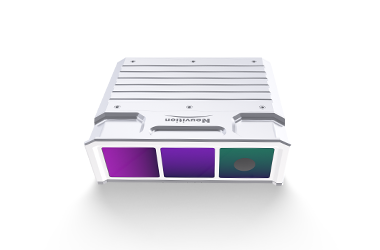
Titan M1 Series
Long-range, high-resolution LiDAR sensors for various applications.
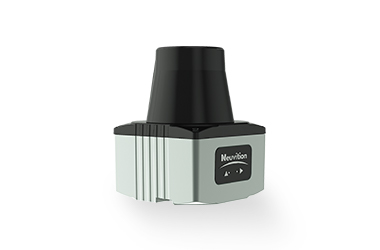
Titan W1
Designed for wide-angle scanning in challenging environments.
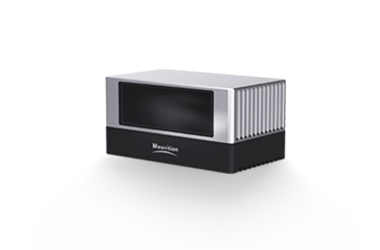
Titan P1
Compact and versatile for mobile and robotics applications.
Neuvition LiDAR Products Overview
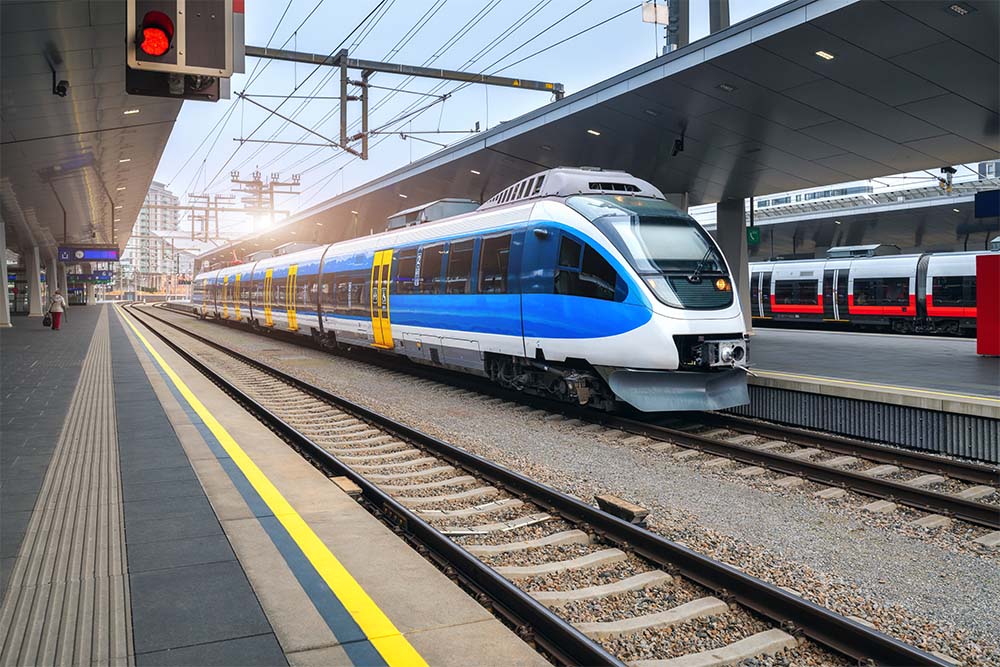
Railway Collision Avoidance
Enhancing safety in rail transportation.
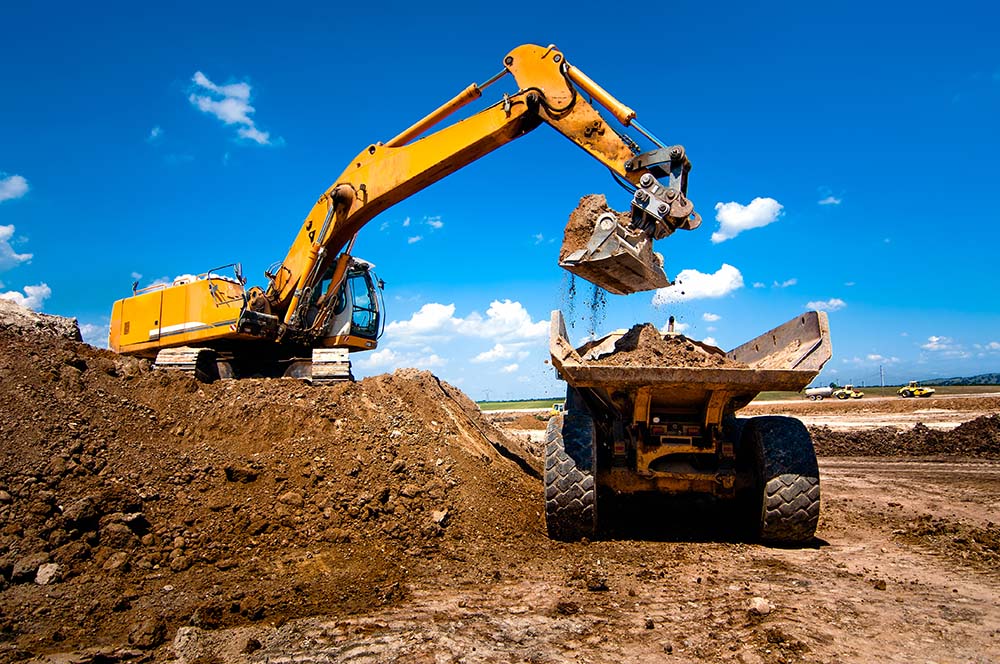
Volume Measurement
Accurate 3D volume calculations for industries like mining and construction.
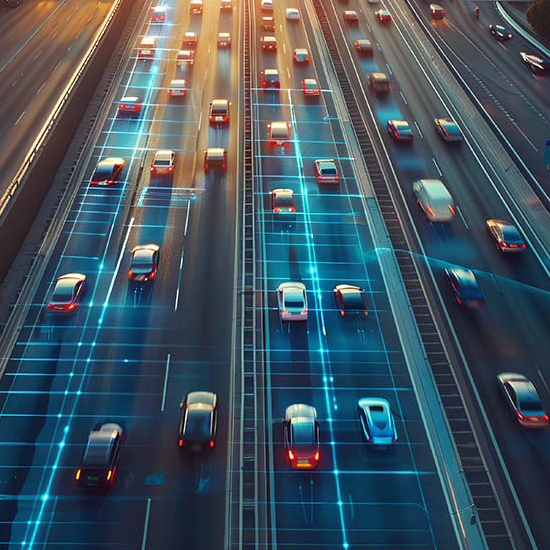
Smart Highway
Improving road safety and traffic management.
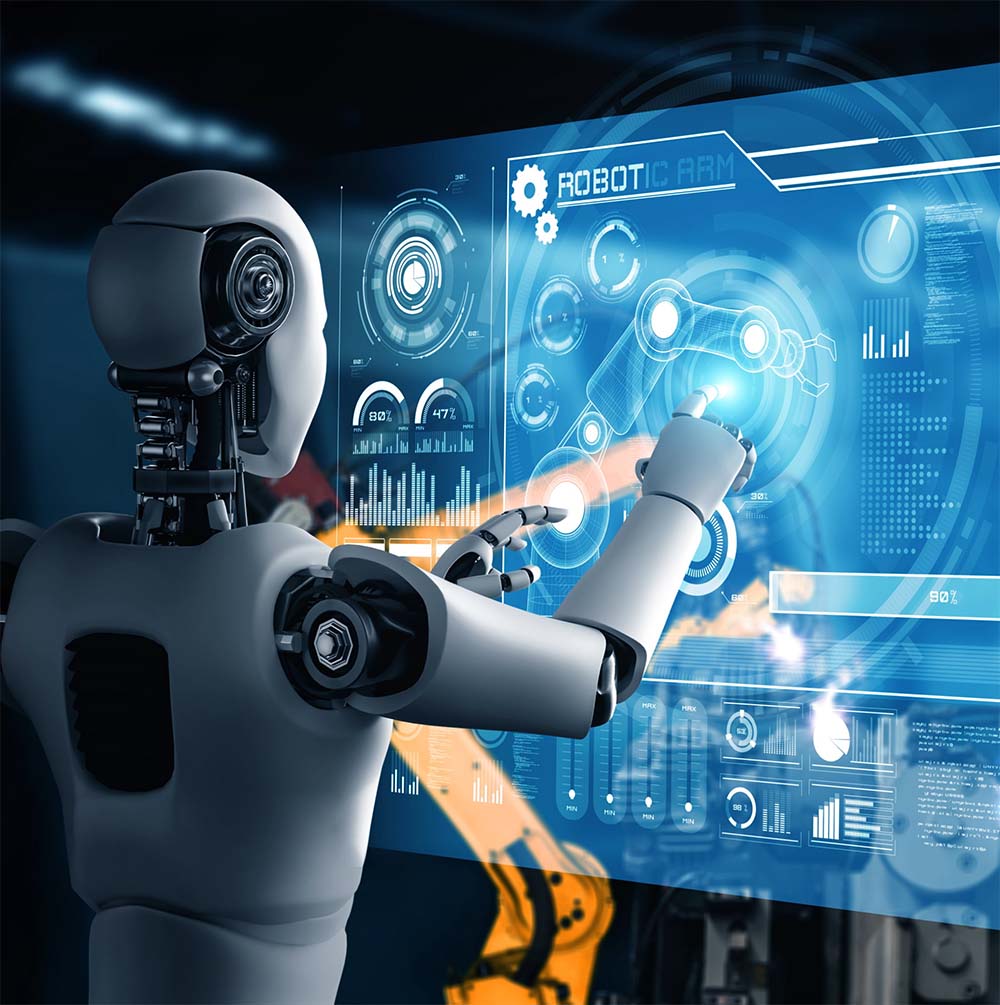
Robotics
Enabling precise navigation and object detection for autonomous robots.
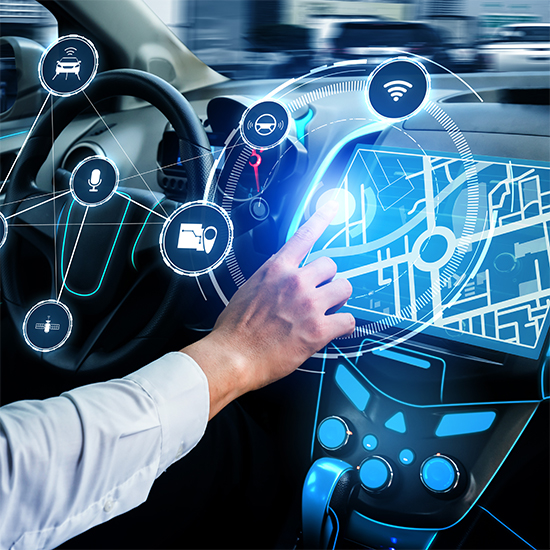
Autonomous Driving
Advanced sensing for self-driving vehicles.
Application Areas of LiDAR
Benefits of Using LiDAR

High accuracy and
precision in 3D mapping

Real-time data
collection and processing

Ability to penetrate vegetation
and capture ground topography

Efficient large-scale
surveying and mapping

Enhanced safety in
autonomous systems

Improved decision-making
with detailed spatial information
Software Solutions for LiDAR
Neuvition provides software solutions to complement its hardware, including point cloud processing and analysis
tools, real-time visualization software, a data integration platform for enterprise applications, and customized
algorithms tailored to specific industry needs.

Success Stories
MetroInnovate Urban Solutions improved traffic flow by 15% after implementing Neuvition's Smart Highway system. Emily Parker, the Director of Smart City Development, played a key role in deploying this system to enhance urban traffic management and reduce congestion.

BuildMaster Construction reduced project timelines by 20% using Neuvition's LiDAR-based site monitoring solution. Michael Thompson, the COO, led the adoption of this technology, focusing on improving efficiency and project management.

DeepCore Mining increased excavation efficiency by 25% with Neuvition's volume measurement solution. Robert Lin, the Head of Operations, was instrumental in integrating this technology to optimize resource extraction and operational productivity.

FAQ












Contact Us
If you have any questions or suggestions, please leave a message, we will get in touch with you within 24 hours!
